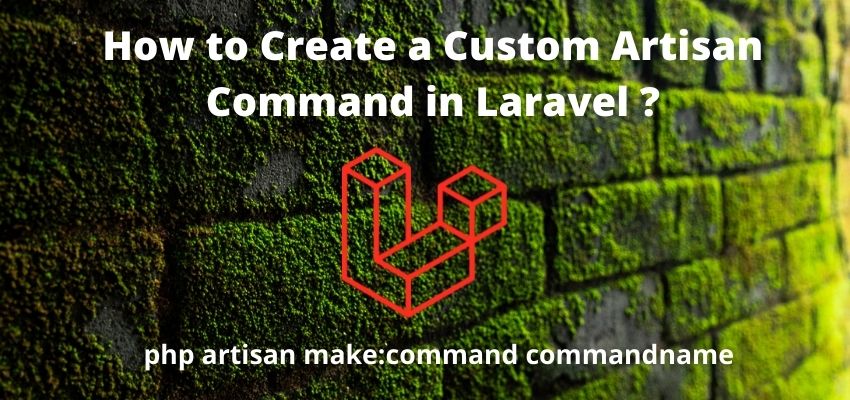Resource controller is helpful when you want Create, Read, Update and Delete (CRUD) operations. If you have a model with same set of actions like crud then resource controller are useful. we can create resource controller easily using the artisan command.
php artisan make:controller ImageController --resourceAbove command will generate controller ImageController in \app\Http\Controllers.
<?php
namespace App\Http\Controllers;
use Illuminate\Http\Request;
class ImageController extends Controller
{
/**
* Display a listing of the resource.
*
* @return \Illuminate\Http\Response
*/
public function index()
{
//
}
/**
* Show the form for creating a new resource.
*
* @return \Illuminate\Http\Response
*/
public function create()
{
//
}
/**
* Store a newly created resource in storage.
*
* @param \Illuminate\Http\Request $request
* @return \Illuminate\Http\Response
*/
public function store(Request $request)
{
//
}
/**
* Display the specified resource.
*
* @param int $id
* @return \Illuminate\Http\Response
*/
public function show($id)
{
//
}
/**
* Show the form for editing the specified resource.
*
* @param int $id
* @return \Illuminate\Http\Response
*/
public function edit($id)
{
//
}
/**
* Update the specified resource in storage.
*
* @param \Illuminate\Http\Request $request
* @param int $id
* @return \Illuminate\Http\Response
*/
public function update(Request $request, $id)
{
//
}
/**
* Remove the specified resource from storage.
*
* @param int $id
* @return \Illuminate\Http\Response
*/
public function destroy($id)
{
//
}
}
As we can see it create some default methods for crud and we can register routes for this controller in routes/web.php
<?php
use Illuminate\Support\Facades\Route;
use App\Http\Controllers\ImageController;
Route::resource('images', ImageController::class);Rout::resource will register all index, edit, show, create, store, update, delete routes.
Here is the list of routes
| GET | /images | index | images.index |
| GET | / | create | images.create |
| POST | / | store | images.store |
| GET | / | show | images.show |
| GET | / | edit | images.edit |
| PUT/PATCH | / | update | images.update |
| DELETE | / | destroy | images.destroy |
We can also define multiple resource in a single statement.
Route::resource(['images'=>ImageController::class,
'posts'=>PostController::class ]);Also we can bind the middleware to it
Route::resource(['images'=>ImageController::class,
'posts'=>PostController::class ])->middleware('auth');Create specific resource route
Sometime we oly want to create specific actions like create, store or index. So, Laravel also have this feature to include and exclude routes from resource using only and except methods
Route::resource(['images'=>ImageController::class])->only(['create']);
Route::resource(['images'=>ImageController::class])->only([ 'update', 'destroy']);
Api Resource controller
Above we created resource controller for web, now if we want to create the resource controller for REST api we can create in same way with artisan command
php artisan make:controller ImageController --apiIn api we don’t want html action like create and edit. above command will create resource controller for api excluding method create and edit.
Also in the same way we can create route for api using apiResource method in api.php
<?php
use Illuminate\Support\Facades\Route;
use App\Http\Controllers\ImageController;
Route::apiResource('images', ImageController::class);



